Author: Prof. Dr. Sérgio Ricardo Garcia Badini
Gender and age of patient
Patient, male, 50 years old.
Main complaint
Tooth sensitivity and unsatisfactory restoration (Class V region), which caused discomfort due to the color and lack of contour.
Initial assessment
On analyzing the case, two restorations in the porous cervical edge were noted, with little material and darkened. A radiographic examination was performed, pulp vitality analysis was conducted, and a vital tooth was confirmed
Treatment carried out
It was decided to remove the restoration and make a new restoration with VITTRA APS UNIQUE FLOW – FGM resin, a resin which, after polymerization, takes on the color of the tooth, imitating its color, for being unichromatic, that is, of a single color.
The patient was anesthetized, the restoration was analyzed with an exploratory probe, and the restoration that was porous and sub-contoured was removed. After removing the composite resin restoration, the cavity was isolated with a B4 Absolute Isolation clamp, secured with high fusion compound.
A buccal bevel was fabricated and, after Selective Acid Etching on enamel (CONDAC 37), the Universal AMBAR (FGM) adhesive was applied on enamel and dentin, air was applied and photopolymerized for 10 seconds.
VITTRA APS UNIQUE FLOW – FGM composite resin was applied, polymerized in layers, until Class V cavities are completed.
Before removing the absolute isolation, finishing was carried out with an ultra-fine drill and, once this isolation was removed, polishing with abrasive rubbers, DIAMOND PRO – FGM sandpaper discs, and DIAMOND FLEX – FGM FELT polishing disc, with DIAMOND EXCEL – FGM diamond polishing paste.
After the treatment was completed, the color of the tooth structure and the resin was verified, as well as the contour and adaptation of this composite resin, VITTRA APS UNIQUE FLOW – FGM, in the patient.
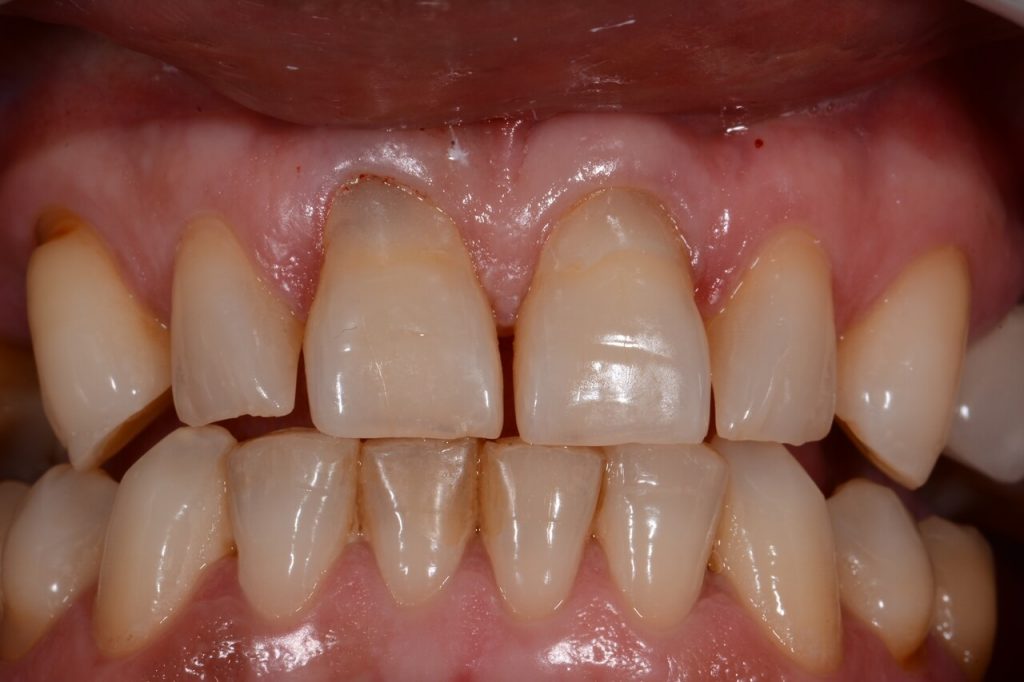
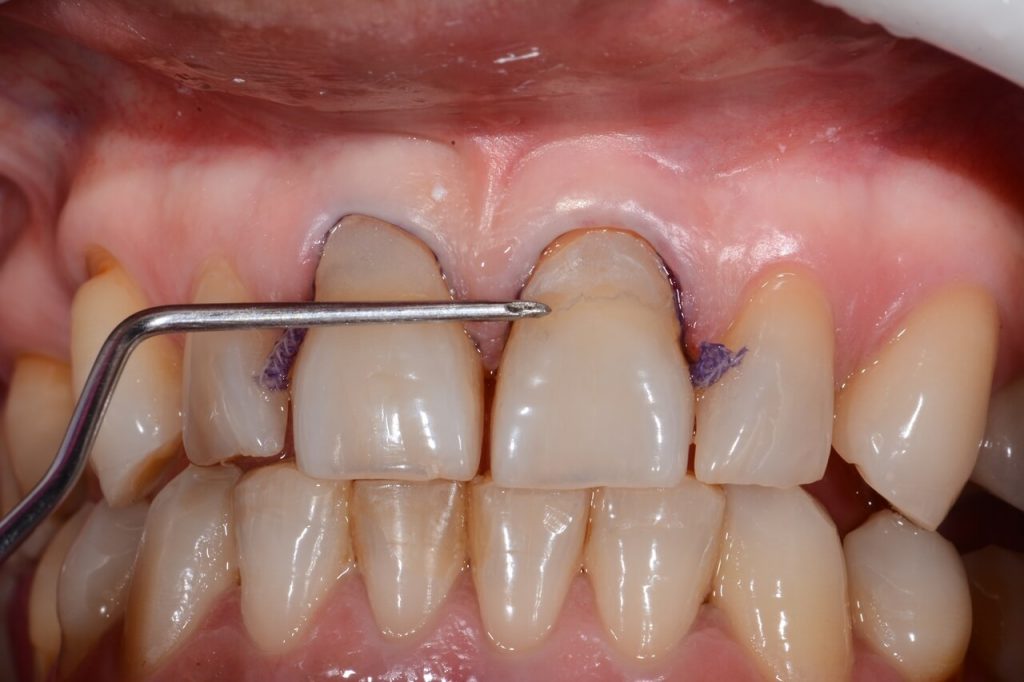


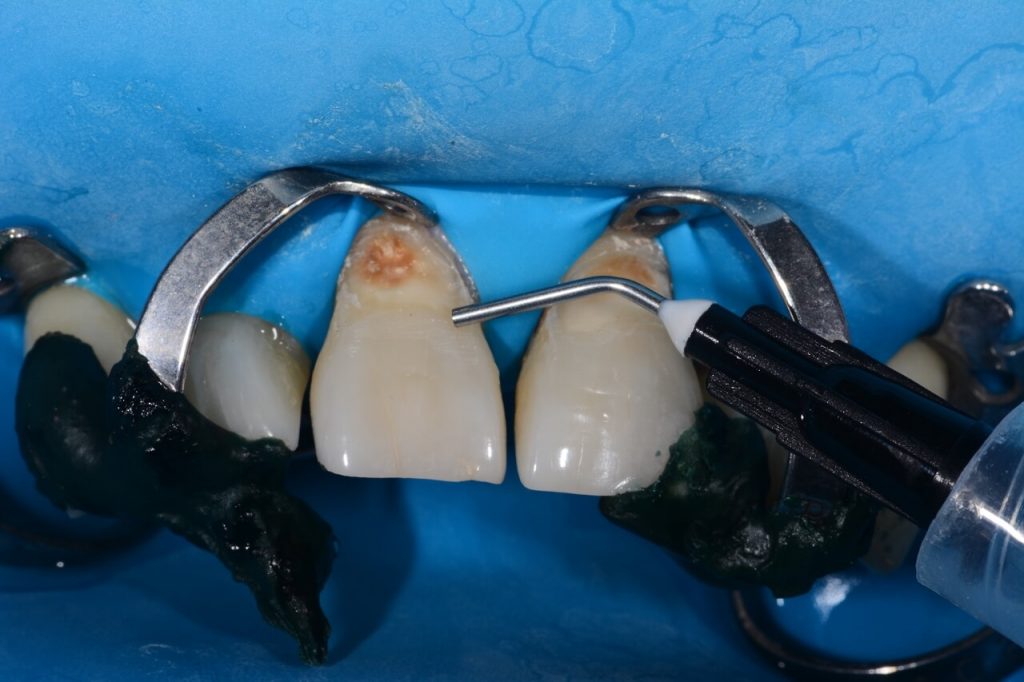
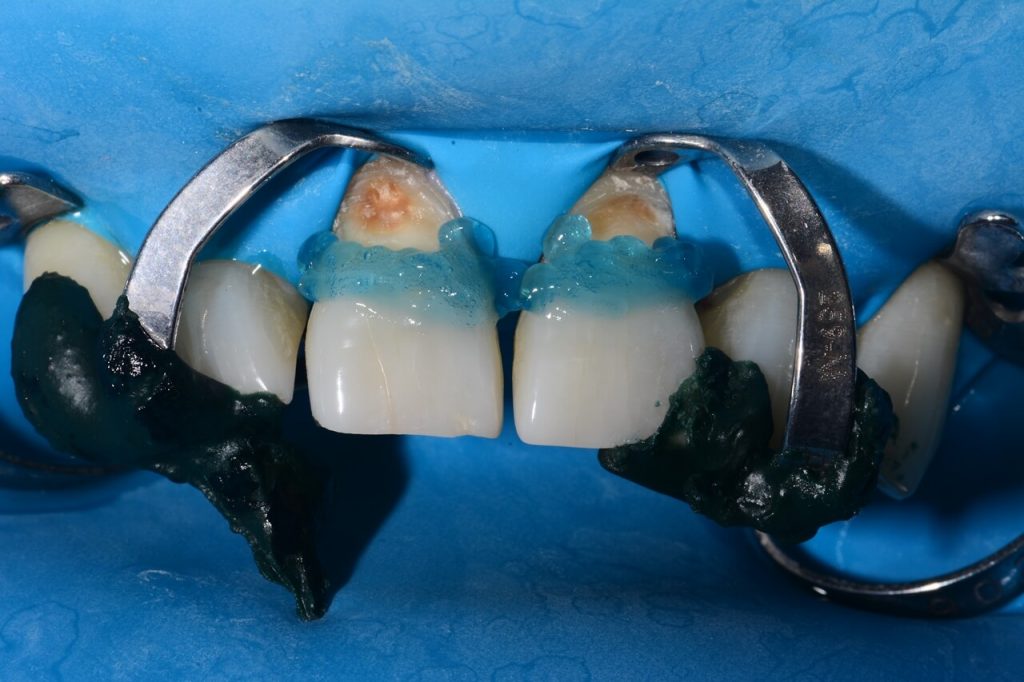
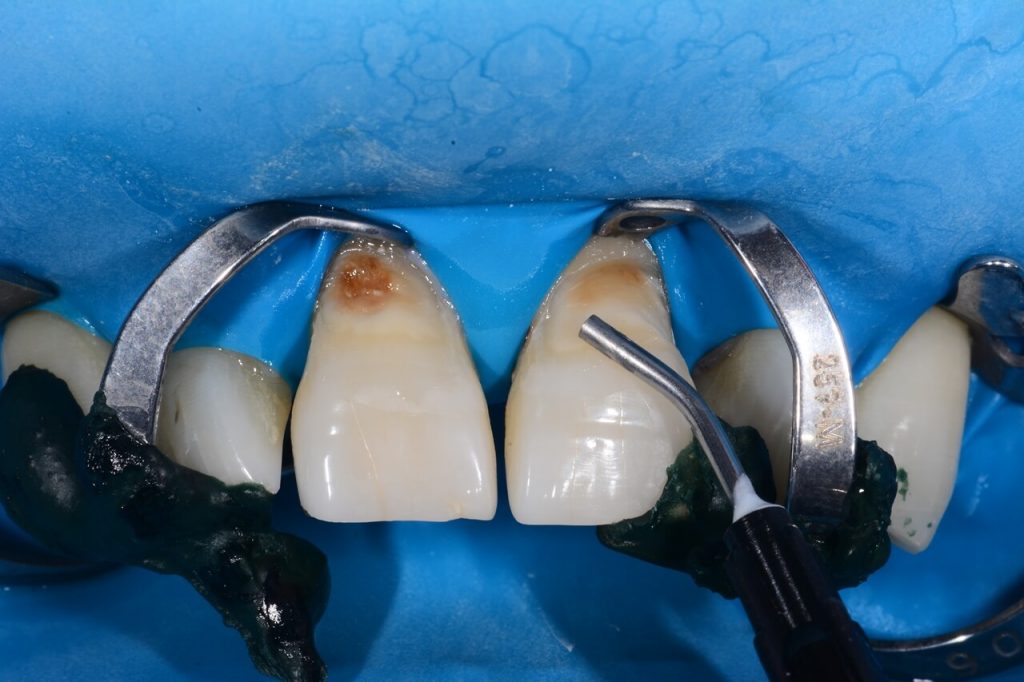

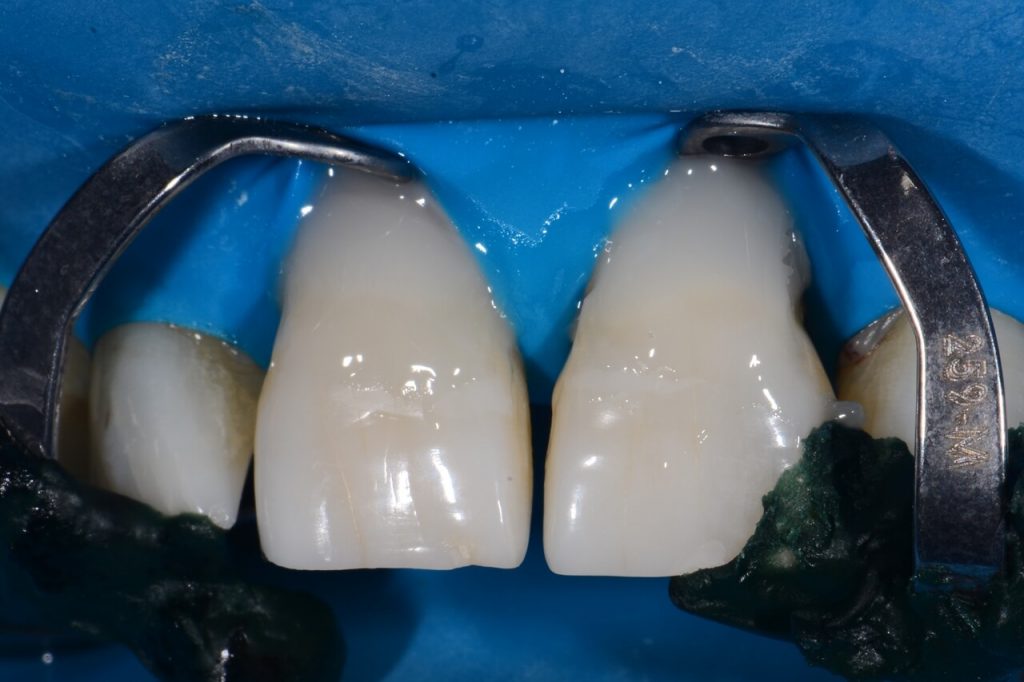
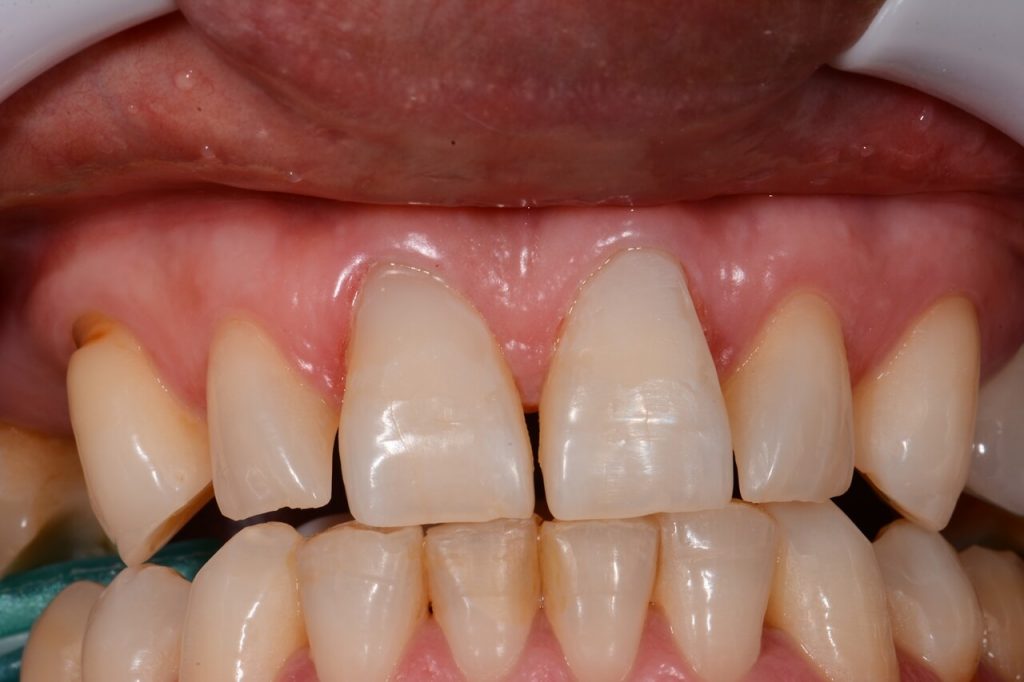

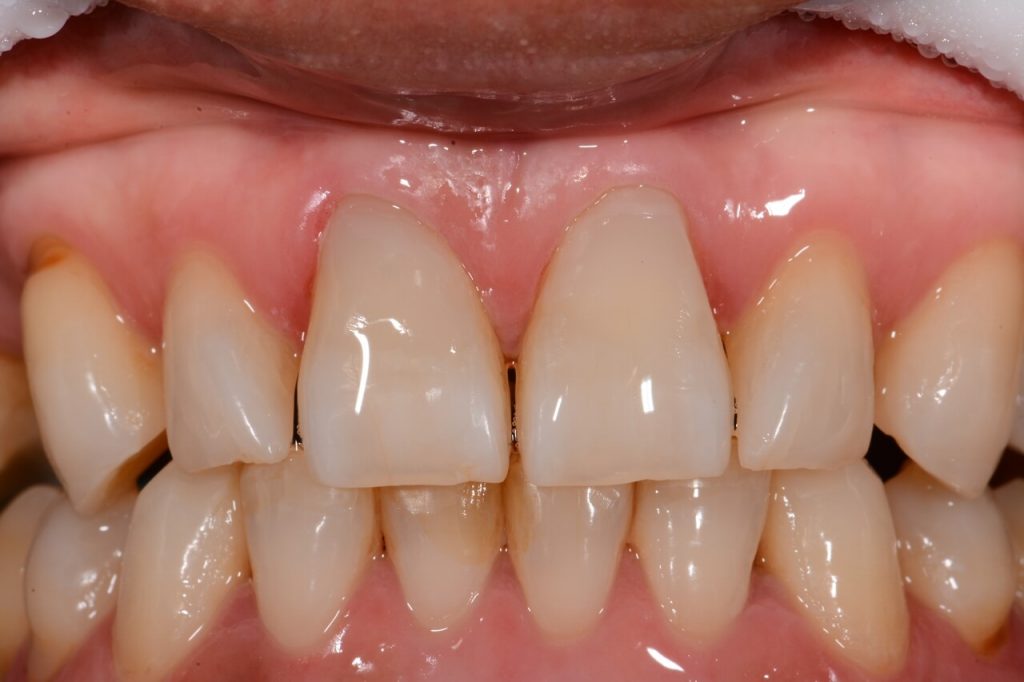

![Lesao-cervical-de-Classe-V-restaurada-com-resina-unicromatica-Vittra-APS-Unique-flow[1]](https://fgmdentalgroup.com/wp-content/uploads/2022/11/Lesao-cervical-de-Classe-V-restaurada-com-resina-unicromatica-Vittra-APS-Unique-flow1.jpg)





















